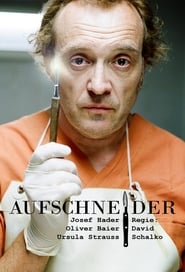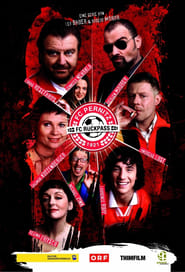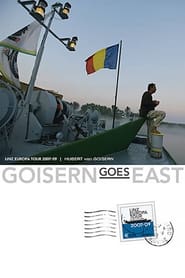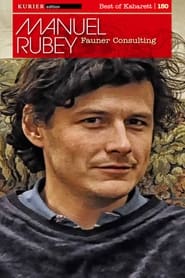Orf 1 TV Series - Page 9
-
Der gute Engel
1985
Der gute Engel
1985
-
Mária Terézia
2017
star 7.1The young Maria Theresia sees her life clearly in front of her: she will marry Franz Stephan of Lorraine and start a family of many with him. Even if Franz Stephan is not quite sure of his luck and her father, Emperor Charles VI, and his powerful advisor Prince Eugene of Savoy forge quite different plans for them. It looks quite as if the young archduchess must sacrifice her happiness to the cause of the state -
Biester
2024
star 7Two worlds collide when two best friends from modest backgrounds who dream of a better life and two sisters who live their dreams - mainly with their parents' money. Love, lies and recklessness are inevitable. -
Mythos Geschichte
2015
Mythos Geschichte
2015
-
Die Emmingers
1977
Die Emmingers
1977
-
Runder Tisch
2002
Runder Tisch
2002
-
FC Rückpass
2010
FC Rückpass
2010
-
Goisern Goes East
2008
Goisern Goes East
2008
In 2007 Hubert von Goisern started his biggest and boldest project to date: the Linz Europe Tour 2007-09. With a barge converted into a stage, complete with push boat and barge, band and crew, he sailed down the Danube to the Black Sea and back to Linz. On his journey east, the Goiserer docked in many places to play concerts on board with well-known local artists - concerts with free admission for an enthusiastic audience on land. -
Letzter Wille
2020
Letzter Wille
2020
-
Österreich wählt
2011
Österreich wählt
2011
-
fauner consulting
2011
fauner consulting
2011
-
Das Match
2008
Das Match
2008
-
Am dam des
1975
Am dam des
1975
Am Dam Des is a Children television series produced at the ORF studios in Vienna, Austria between 1975 and 1993. This live-action show was presented as 25 minute episodes with an educational theme and different sections, hosted by Bernadette Schneider. She entertained children with poetry, stories, arts and crafts and various games. Bernadette had many recurring guests including Habakuk the Clown played by Arminio Rothstein, Mimi the Goose, a magician and Enrico the Clown played by Heinz Zuber.








